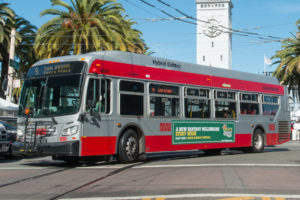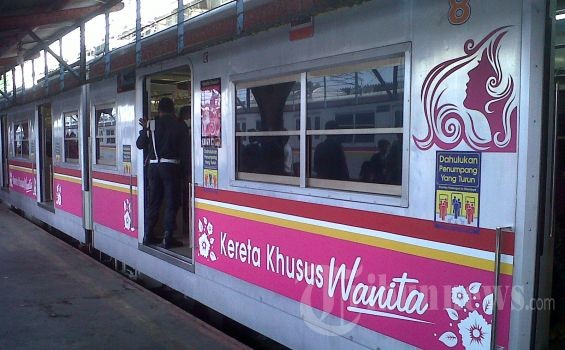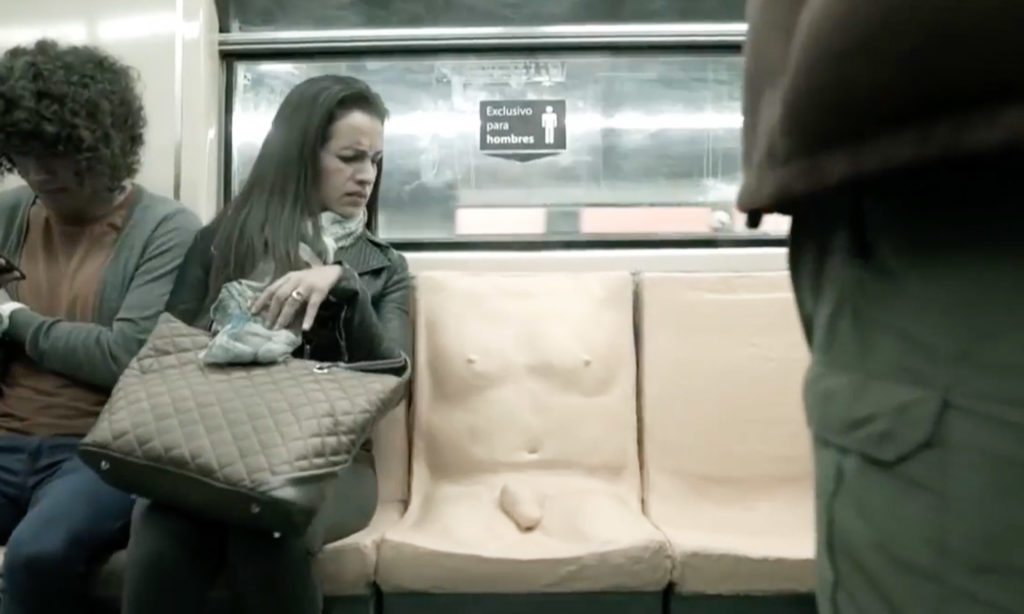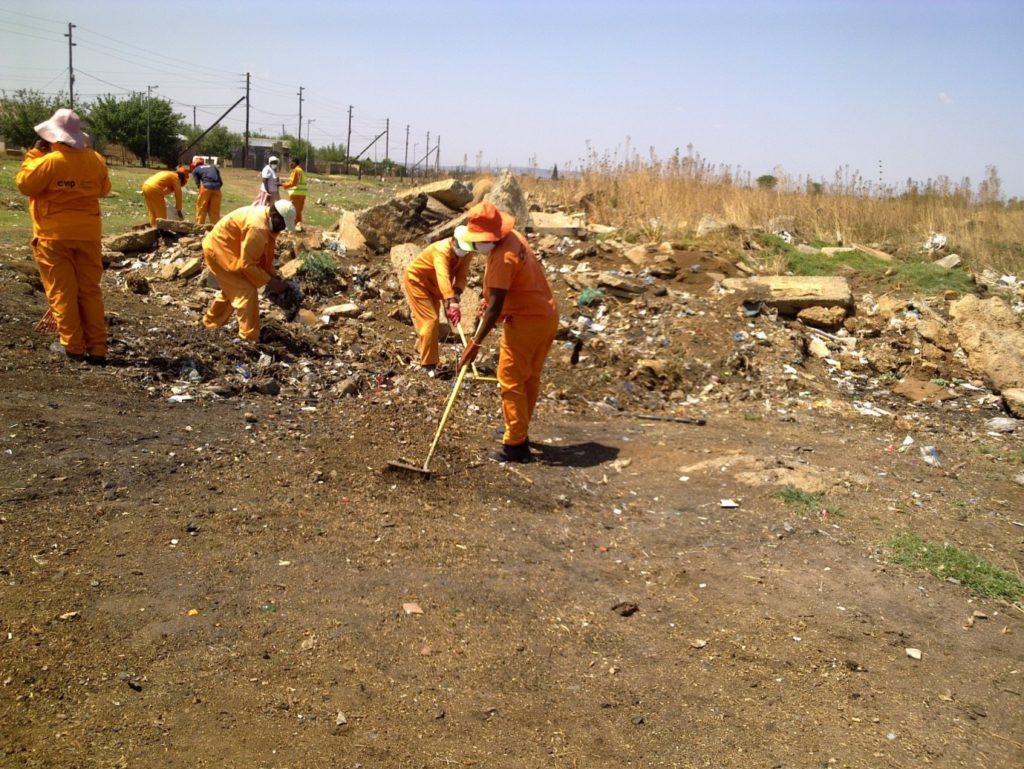Each day across the 16 Days of Activism Against Gender-Based Violence, we will highlight a 2018 activism effort undertaken to stop street harassment or a personal story about stopping harassers!
Day 6: Women Allies on a Bus
One day in California, a man followed a woman for blocks. She boarded a bus to try to get away from him, but he got on too and continued harassing her. Another woman passenger stood up and asked her, “Do you feel safe?”
The harassed woman was so upset she can’t speak, so the other passenger guided her away and said, “We can sit together.”
The harasser tried to follow them, but other women passengers then stood up to block him. Soon “there were six or seven women creating this barrier,” said one of the women who stood up. “That man looked at us, yelled one last shitty thing, and got off at the next stop. Because he realized there was no way he could win against all of us.”
This woman who stood up wrote, “After I got off the bus, I started crying. I was sad because we have to deal with situations like this ALL the time, but I was crying happy tears because, for once, I felt like I wasn’t alone, and I felt how powerful we are when we stand together.”





